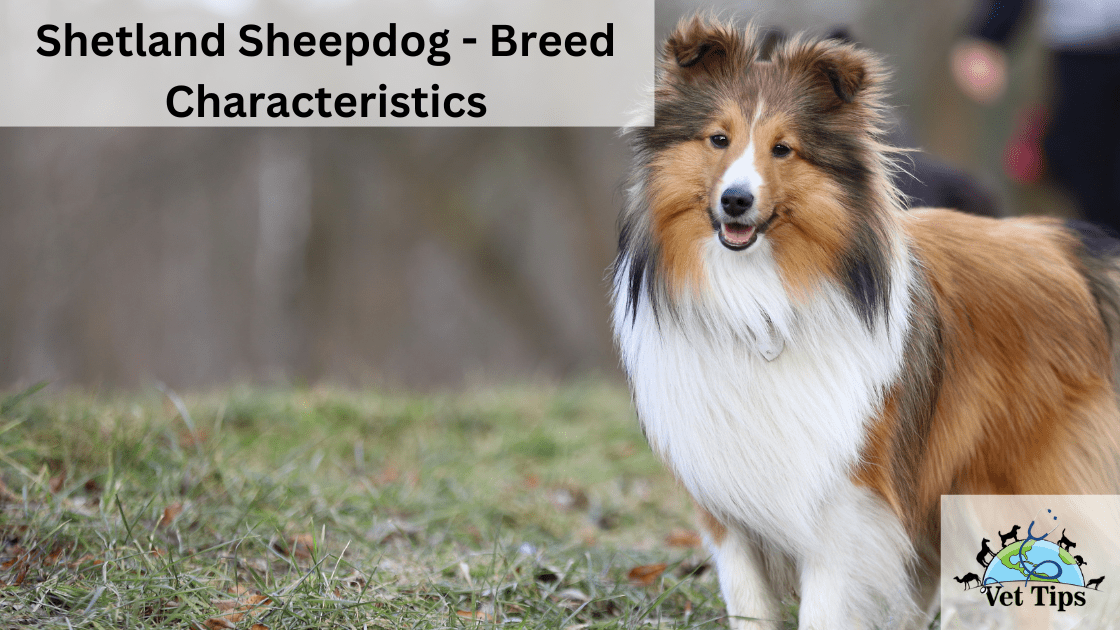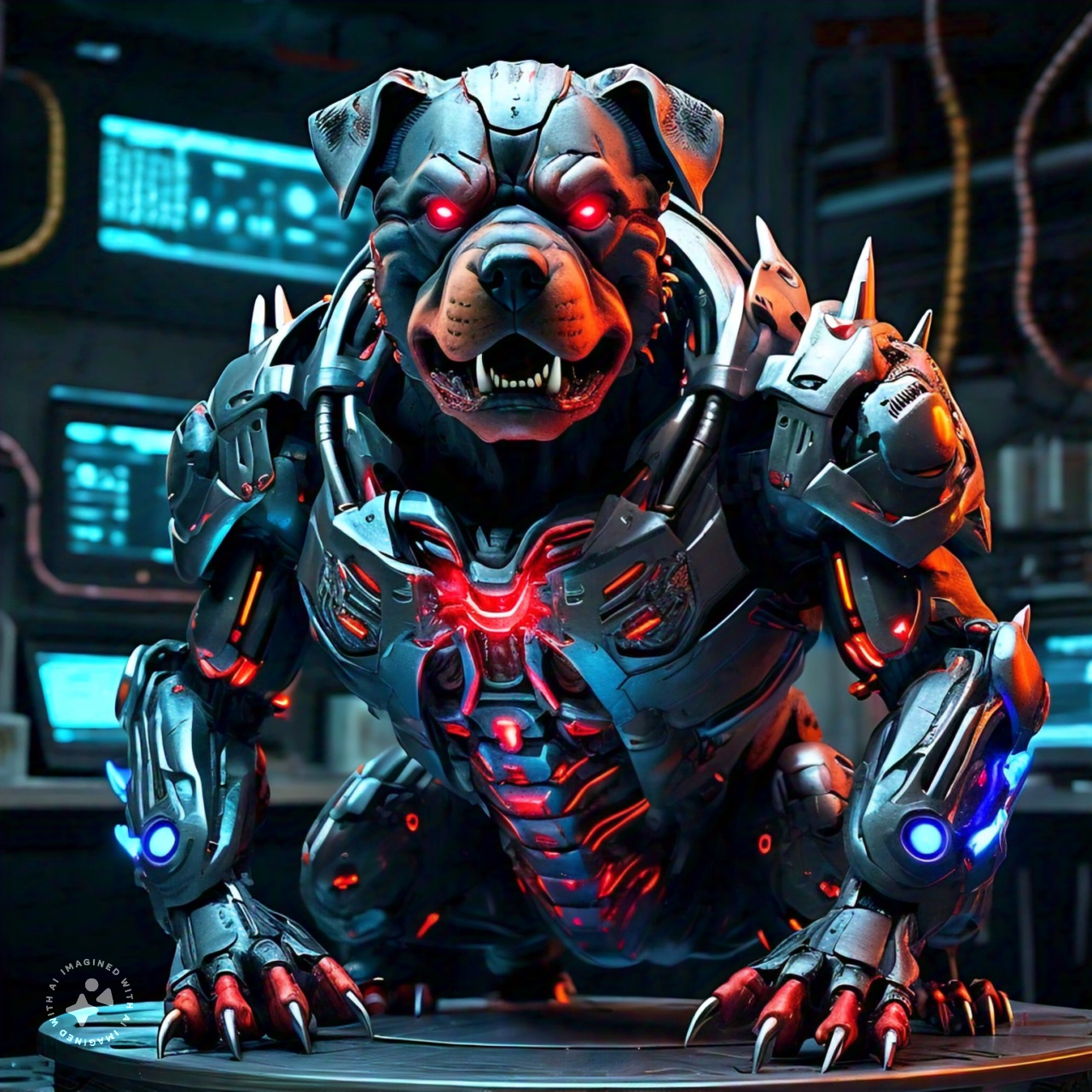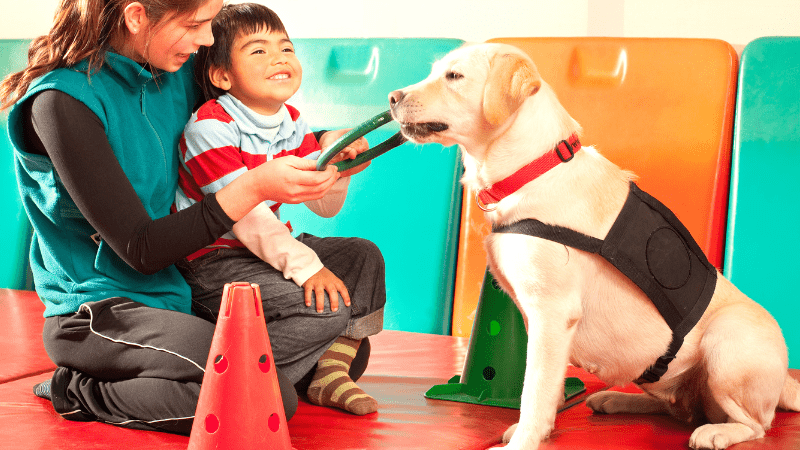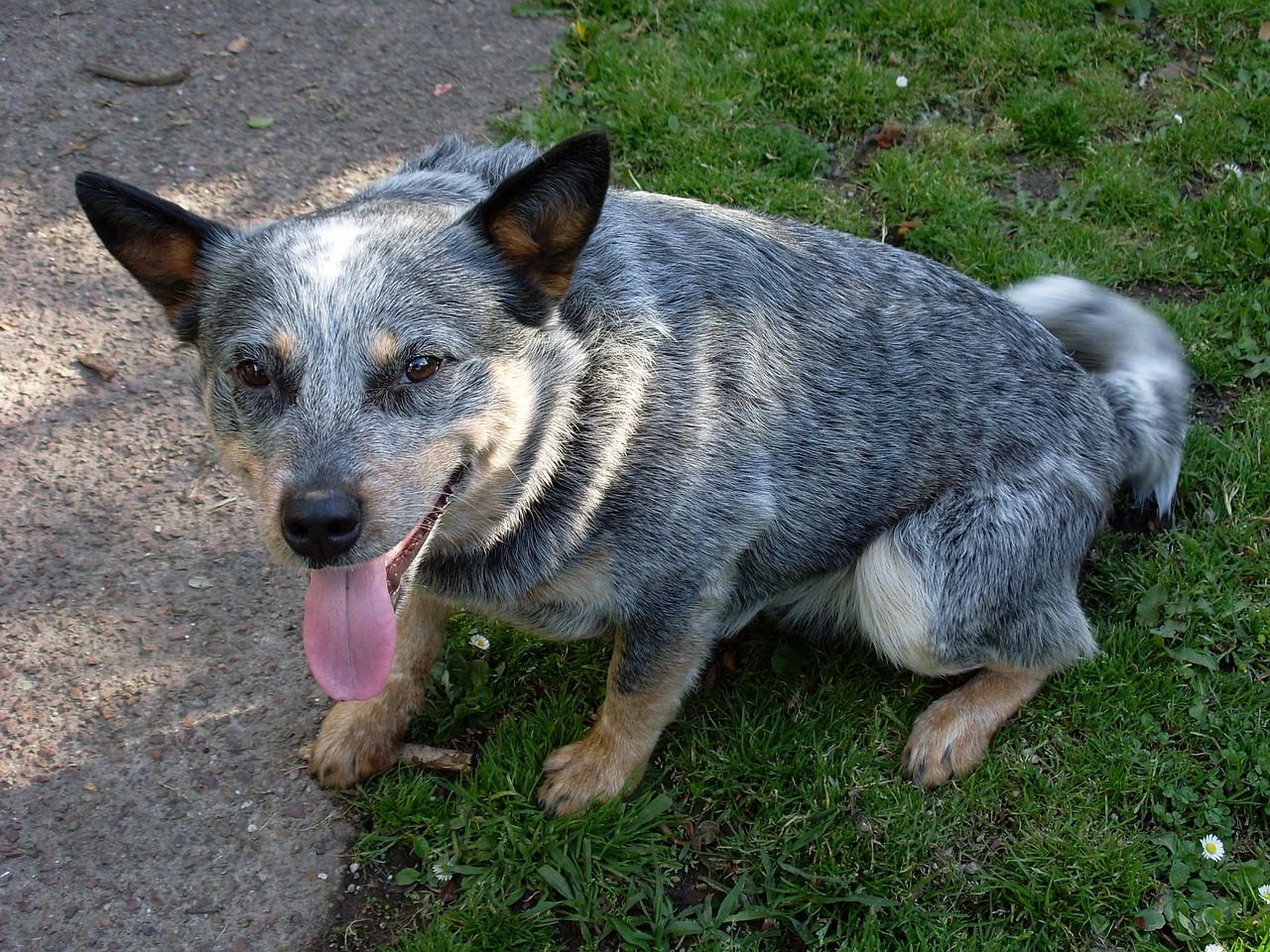In this article, vettips brings you every discussion about Shetland Sheepdog – Breed Characteristics.
Let’s move on to learn more about it.
Shetland Sheepdog – Breed Characteristics
I’m one among the well known, smart, and lively herder dog breeds out there – they call me the Shetland Sheepdog. Many of my admirers call me Sheltie, I kind of like that. I am a competitor by nature when it comes to canine sports, herding, and obedience. My cunning moves are sure to leave you gaping in awe. My heavy, loud barking in uncanny situations is how I signal alerts to my master. Many find me holding a similarity with my taller and sizeable relative – Collies.
You can trust me to be a great companion for about 12-14 years on earth. If you are lucky and can join me heaven we can be eternal friends too. I stand at a height of 13- 16 inches by shoulder and a body mass of 15-25 pounds. My coat comes in a variety of colors – merle, black, blue with hues of white & tan shades.
When I’m with my owner, I’m the most compliant and disciplined dog companion, making me one of the best family dogs. My obedience along with my sturdy, small body creates an urge in many people to have a breed like me in their home. Never neglect my exercise sessions as without it I won’t be at my athletic best. Please remember, that absence of exercise can also lead to destructive character development among my breeds.
My eagerness to please and a nimble attitude is bound to impress my owners. I am proud that with my high degree of cleverness, I can be a loving, elegant and a smart dog breed. I am known worldwide for my talent as a herder. My obedience and care also makes people choose me as their long-time searching companion.
Let’s get to know more about me!
HISTORY
As my name suggests, I was in fact bred ages ago on the Shetland islands where at that time I was used by farmers as a herding dog. At that time my main job was to herd and protect sheep and cattle and other poultry. I eat less compared to other herding dogs, this also became a reason for my compact size when compared to my cousin Collie, with whom I hold a close resemblance.
As I was from that Rocky Island, handling harsh and cold weather with survival food made my appearance smaller than many other herder friends of mine. So as my huge cousin Collie got imported to Shetland, he was crossed with small-size breeds that led to forming the conspicuous present compact size of mine. However, the details on my history and evolution are still under research.
As my hometown islands were not easily accessible for a long time we were not properly recognized. We lived in exclusion and in isolation when compared to other breeds. At the onset of 20th century our identity gained recognition beyond Great Britain and we took a good place in the heart of many people.
In 1909…
There was a surge in our popularity and many started showing an inclination towards us. Gradually, I first got recognized by the Kennel Club of England in 1909, referred to as Shetland Collie. Again by force of many fanciers of my cousin, my name changed to my present – Shetland Sheepdog.
We also got recognized by the American Kennel Club in 1911. They praised us for our skills and obedience ranking us as the 67th breed type. As years passed, American Shetland Sheepdog Association was formed, strengthening our popularity and fame and a parent club of ours was also setup at Westminster Kennel Club in 1929. Later on, our first specialty show was arranged in 1933. From there onwards, my fame grew as a herding superstar and an obedient dog.
PROS AND CONS
Pros
My glossy paw prints can leisure you in many ways. I hold less tendencies to bite or hurt people and never cause much trouble. I know, humans usually step back a little from breeds having high drooling tendencies. In my case, I’m a perfect example of a low drooling dog breed.
My remarkable adaptability catches the eyes of many humans. I can easily adapt to changing lifestyles and several weather conditions. I’m the best companion for children and I just love playing, racing and spending hours and hours with them. Also if you have an elderly person, I’m one of your best choices as I can easily create an interesting, stronger bond with them.
I’m way too easy to be trained as I have immense love and support for my owner, their soft approach is the reason I obey them.
This is the ideal watchdog and if you crave a dog breed that can provide you with utmost safety – it should be your best friend.
Shetland sheepdog put my whole efforts towards the security of my loved ones. He is also an amicable companion to elders at your home and holds the ability to please people in hospitals and elderly homes as a therapy dog.
Cons
I can’t cope up with allergies and it can completely make me ill if ever I’m exposed to them leading to allergic reactions. I’m an active and playful dog, but an apartment lifestyle is not my bowl of snack. I may feel suffocated and cause you trouble to take me out of the concrete jungle.
Never leave me alone in the four corners of your home, as it’s highly difficult for me to lead a day without my owner’s presence and their love. I’m not a perfect choice for novices, as my maintenance and training may bother you. Also, I’m not good for an office environment. I usually have a strong desire for roaming and wandering around the world and explore. But this can put you in difficulties if you are not up for it.
HAIR AND CARE
I shed my thick layer of coat a lot for which you will have to prepare yourself during the heavy shedding days of mine. If you run short of time and tend to neglect my grooming sections, you should grab help from a professional groomer for me. Sometimes I require grooming on daily basis. Yes so be careful before choosing me.
Brushing is a necessity which is highly recommended to be done at least once a week or especially at the time of heavy shedding. This can help in removal of dead hair and matts from our body. You should brush me with a wide-toothed comb, that you can easily get from a pet shop with circular teeth.
Brushing should be done in the direction of our hair growth and in turn, it can help us to spread our natural oil throughout our body. This oil helps in strengthening hair follicles and also prevents excess shedding. For brushing, you can use an undercoat rake and a fulminator which you can easily buy from a pet shop.

Before Brushing
Before brushing you can provide me a warm bath and blow dry which also helps and aids in eliminating dead hairs evenly. Our ears and eyes also need ample care. They should be washed and cleaned on a regular basis in order to safeguard us from evil infections. As in other breed’s, seasonal flea treatment is a must in my case.
Even though I don’t need regular bathing, it should be provided at least once a week along with brushing. Our nails should be trimmed and they should be kept in good condition for a better livelihood. Grab a dog shampoo containing the presence of oatmeal and vitamin-E which can provide us with a healthier and more shining coat.
As our shedding can bother you, even though it’s a natural process of our hair growth, you have to know the fact that brushing helps reduce shedding as it makes our hair roots stronger and removes dead hair. Always treat my hair with enough care and protection. Paws should be treated with paw balm to keep our soft pads from drying and tearing.
Nutrition of Shetland Sheepdog – Breed Characteristics
I would love to have a long life and be around with the master if humans treat us with essential amount of nutrients. In fact, I am eager to have home-cooked food but you need to make sure it fits my recommended diet. I can even have commercial food but it should be under the supervision and approval of a veterinarian.
By providing us fish, sweet potatoes, white chicken, green beans or brown rice you can serve us a good dose of heathy diet. Chocolates, soda, salt, etc should be avoided from our diet. High protein content in our diet can help us to stay strong and aid in muscle development. Always cut short our meal and spread it across two or three servings.
It’s way too important to provide us with food containing essential amount of DHA, consisting Omega 3 and Omega 6 fatty acids. They play an important role in nourishing our brain and vision. This also strengthens our hair follicles. Along with this, you should also treat us with required anti-oxidants, its good for supporting our developing immune system.
Always get an idea from a veterinarian on what kind of human food suits us and which don’t. As mentioned before, some of us are even prone to obesity. As a preventive measure, always keep an eye on our calorie consumption. Treat us with fresh and clean water just like humans, this will help in proper digestion, keep us alert and keep us away from dehydration.
EXERCISE AND TRAINING
Being one of the most athletic breeds, I require at least two hours of exercise to keep me mentally and physically stable and present myself always active and sturdy. My intelligence and eager to please attitude helps a lot to carry out my training sessions effortlessly. Early socialization is always a must.
Treats are a huge aid for training but it should always be carried out in moderated to prevent obesity. I’m very weak at responding to hard techniques, but my patience and positive reinforcement can help me to win out at the end. A gentle walk for about 30-40 minutes can also be an effective exercise for me.
I love to chase things that are moving and can even sprint along a moving car or other things. So always treat me in a well fenced area for my exercise and training sections. I’m one of the brightest dog for herding especially with my high degree of obedience.
HEALTH AND ISSUES
We are a bit unlucky, as we are exposed to many health issues within our life span on earth. But this can be decreased at a higher range by selecting the proper breeding stock. Bladder cancer is one among common disease seen between us in which we develop a kind of tumour named transitional carcinoma which border the urinary tract. Later it rises in our bladder and sometimes in urethra which in turn cause loss of blood and uncomfortable moments.
- Collie Eye Anomaly is another disease which is commonly seen in harder collies also known as Choroidal hypoplasia, which defines the improper development of our sensory tissues.
- A common liver disease – chronic progressive hepatitis causes inflammation of our livers and they get scarred badly. Early detection reduces complications.
- Dermatomyositis is leads to ulceration, pain and skin allergies among us.
- Haemophilia A and B is a genetic disorder which can further lead to impaired mechanism of blood clotting.
- Hypothyroidism and Hip Dysplasia as seen in many other breeds can make us weak.
- Ivermectin Hypersensitivity results in anti -parasite drug ivermectin getting administered which implies chances of blindness, seizures among us.
- Optic nerve hypoplasia is a condition which is one of the main cause of blindness among us and it has no known cure.
- Systemic Lupus is a situation where defence mechanism within our body attack the protein embedded in the cell nuclei, common symptoms also include lameness and lesions on our skin.
- Von Willebrand’s is also seen among us which is a serious inherited health problem.
- Exercise and nutritious food can minimize highly these kind of health issues.
REPRODUCTION
Our gestation period ranges from 60-64 days, where we should be treated with enough care and supervision of a veterinarian. Regarding the reproductive cycle of females, the first period which last for about 9 days is called Proestrus . At this time the females start to attract males and you can notice this phenomenon by swelling vulva and bloody discharge.
This is followed by the second part of reproductive cycle called Estrus where the bitch is receptive for the male. It usually lasts for about 3 to 11 days. The sign of the Proestrus part is the soft and enlarged vulva of our females. Then the discharge decreases and lightens in colour following the next period called Diestrus which normally last for 14 days where discharge changes to vivid red and comes to it’s end, following the next phase of reproduction called Anestrus.
Our time frame of heat periods normally lasts for about six months. Then when we complete a year of reproduction it’s important to notice that more frequent breeding is not good for our health. Another thing is that never buy a dog from a puppy mill where inhumane practices are carried out and puppies are born several times, creating unhealthy ones.
Our litter size ranges from 4-6 puppies. So if you want a breed that is highly obedient and intelligent with a mind-blowing ability of herding, I’m here for you. Please share in the comments section below if you own one of my friends or are planning to adopt one. It will be nice to hear about your journey.
Tell us, how you like our article, “Shetland Sheepdog – Breed Characteristics”
For similar posts, click here.
For the source file, click here.





One thought on “Shetland Sheepdog – Breed Characteristics”